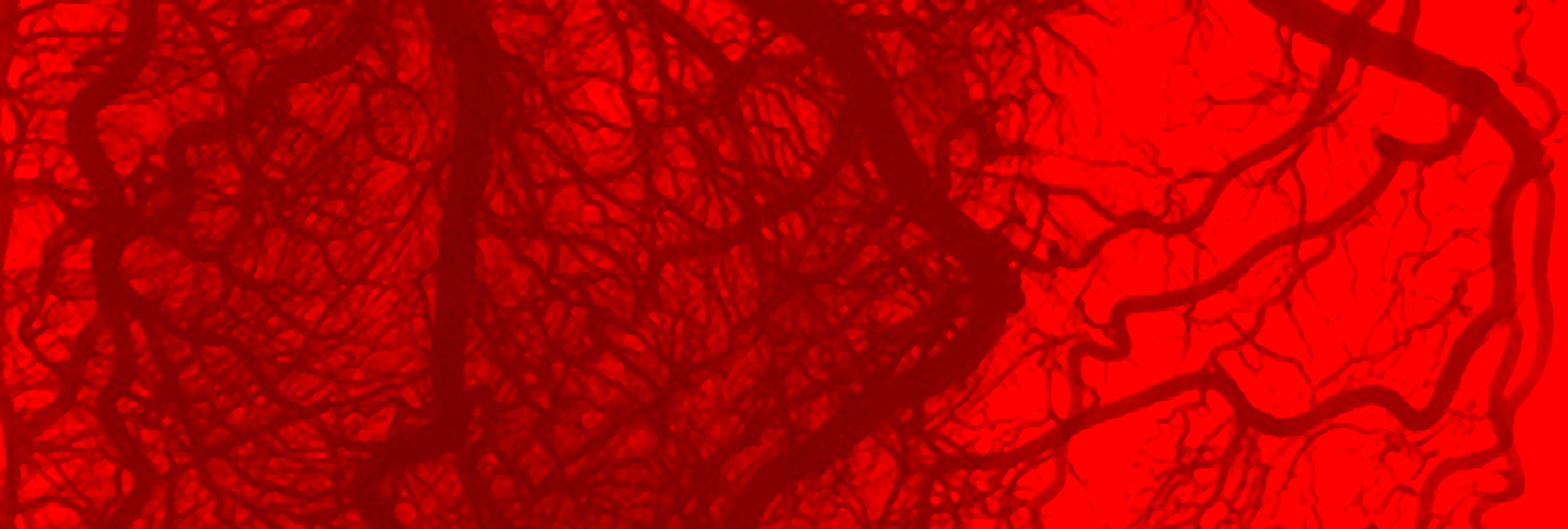EECP - Enhanced External Counter Pulsation
EECP
Enhanced External Counter Pulsation
• Non-invasive and medically proven
• Easy and safe, non-surgical
• Painless outpatient treatment
• Long-lasting results
• Approved through Medicare and insurance programs
EECP is also beneficial for diabetes, high blood pressure, stroke, edema, chronic fatigue, impotence and Obesity. It is also being used for for longevity, enhanced sports performance for athletes, overall sense of well being. EECP improves circulation to all of the organs of the body.
.
What is EECP?
A treatment called Enhanced External Counterpulsation (EECP) works in harmony with your heart and can improve circulation to your heart muscle. EECP is a mechanical method that delivers extra blood to the heart. It has been shown to help reduce or eliminate angina—chest pains caused by coronary artery disease. The U.S. Food and Drug Administration (FDA) approved EECP for patients with angina in 1992. In June of 2003, the FDA approved EECP for congestive heart failure as well.
The treatment is called “external” because it happens outside the body. “Enhanced” refers to the equipment involved, which has been refined since the procedure was first developed in the early 1950’s. “Counterpulsation” refers to the procedure which moves blood to the heart in between heartbeats, during the resting phase when the heart relaxes and fills with blood. This relieves pressure just before each heartbeat. Counterpulsation increases blood flow to the heart, lessens the heart’s workload and provides more oxygen while also lowering the heart’s need for oxygen. Approximately 80 percent of the oxygen-carrying blood flow to the heart’s muscle occurs when the heart itself is at rest.
Relieving Angina
If you are one of the more than 7 million people in the US who suffer from angina, you know too well the pain and discomfort associated with this primary symptom of coronary heart disease.
Angina, or chest pain, signals that a part of your heart muscle is not receiving an adequate supply of blood and oxygen. The heart requires a particular rich blood because of its heavy workload, and receives this nourishment through the coronary arteries. When these vessels are narrowed or blocked, restricting blood flow, they fail to supply adequate oxygen.
One of the body‘s response to pain and problems caused by narrowed arteries is to increase the amount of blood flowing to the muscle by opening up tiny branches of nearby vessels. The network of tiny blood vessels—known as “collateral circulation” –makes it possible for blood to detour around blocked or narrowed arteries. The development of collateral circulation is particularly important in the heart muscle where it may be life-saving. However, the development of collateral circulation is a gradual process and not everyone has the same natural ability to develop these networks at a rate that will relieve angina.
EECP and Congestive Heart Failure.
According to the American Heart Association, there are currently 5 million individuals in the U.S. who suffer from CHF and 550,000 new cases are diagnosed each year.
Heart failure results when the heart cannot pump enough blood to meet the needs of other organs. Subsequently, fluid retention and other changes take place, causing heart function to gradually worsen. The International EECP Patient Registry reports that EECP is safe and improves exercise capacity and quality of life in about 70 percent of heart failure patients who undergo treatment.
How Does EECP Work?
EECP uses compressed air to inflate three sets of cuffs that are wrapped around the patient’s calves, lower thighs and upper thighs while he or she lies on the treatment table. The cuffs are inflated and deflated in sequence once during each heartbeat to squeeze blood up into the heart. ECG electrodes are placed on the patient’s upper chest to identify the timing of the inflation/deflation sequence. Treatment sessions are for one hour, five days a week for seven weeks. Some patients may need additional treatment hours.
After EECP treatment, you may find that: You can walk farther, carry heavier packages, and be more active without having angina. You have fewer attacks of angina Your episodes of angina are less intense You need less anti-anginal medication You can return to work, go out to dinner, garden, travel, or enjoy golf or bowling once again You no longer restrict your social life, volunteer activities, or exercise because you are worried that they will cause angina EECP has an important role in augmenting the collateral blood flow to the heart muscle in those with compromised circulation.


